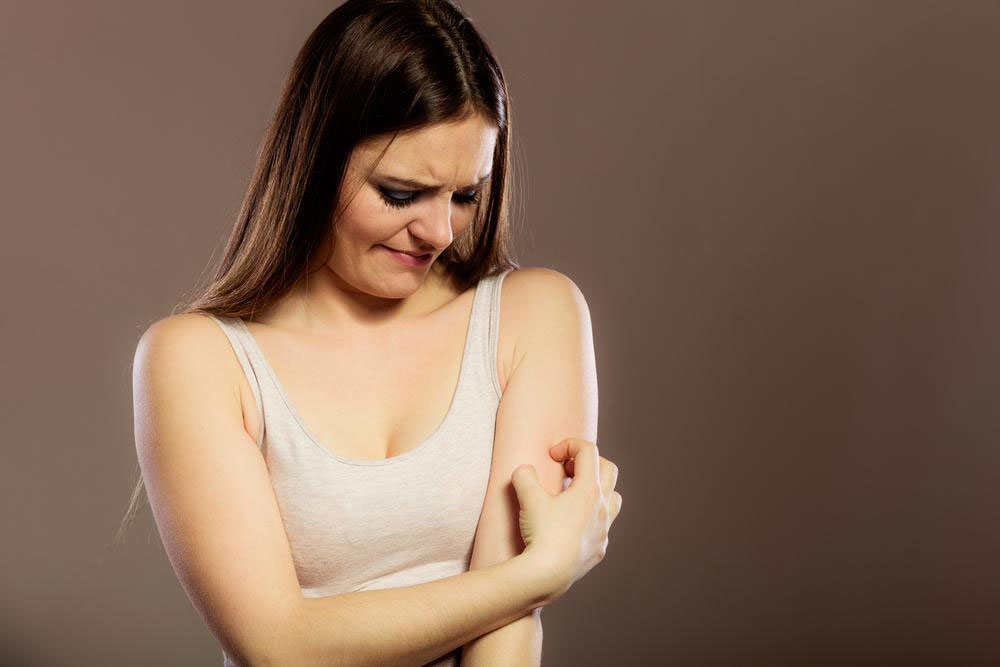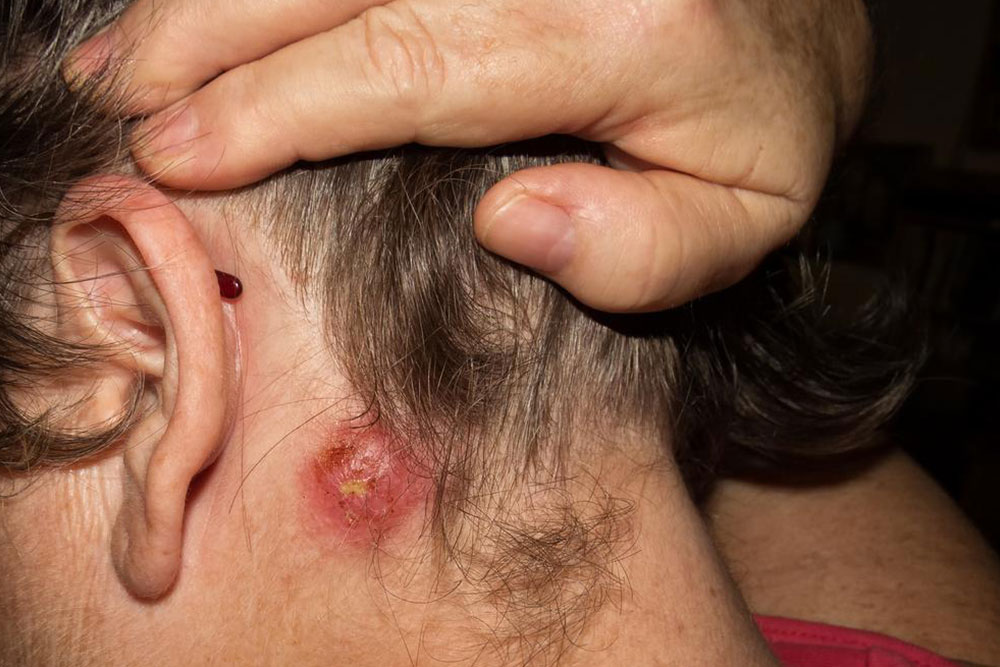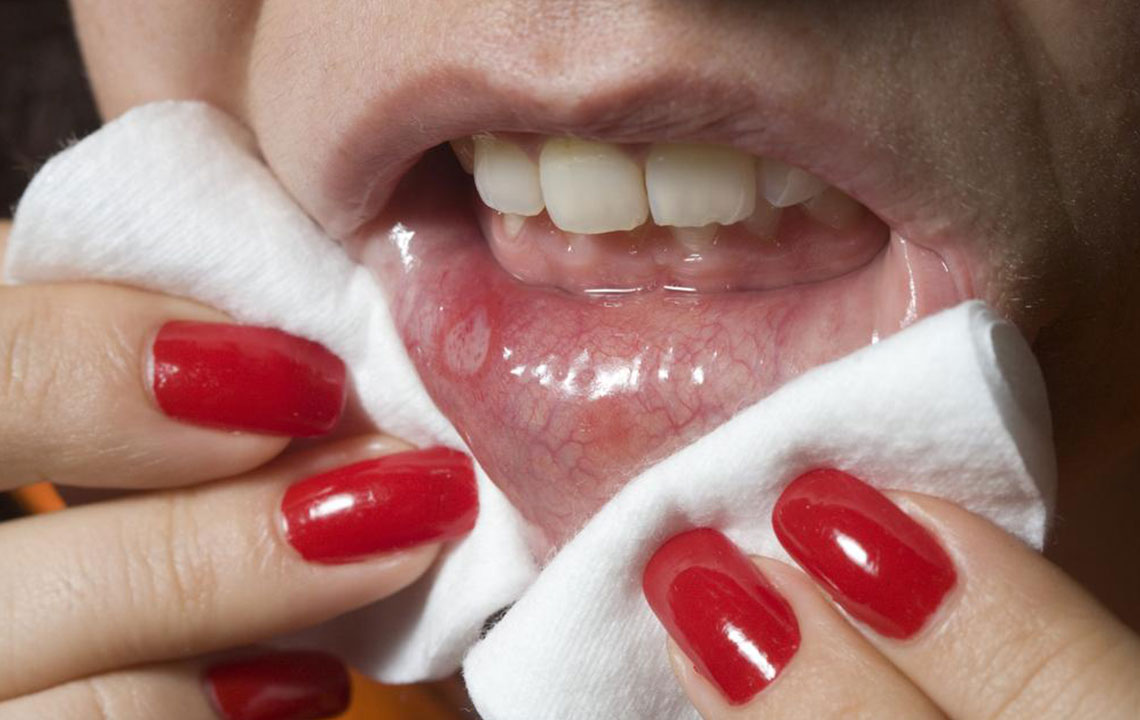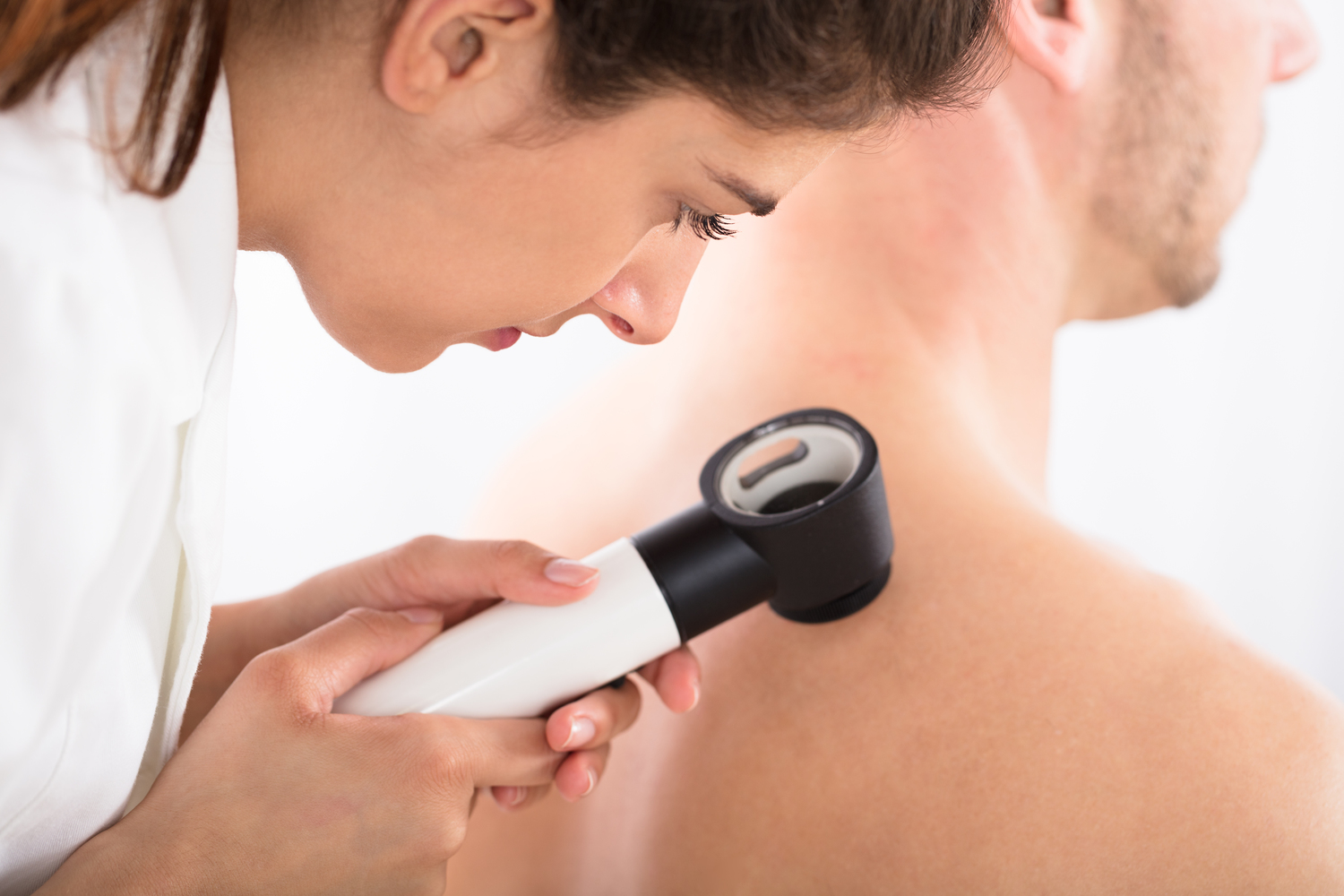Common Bacterial Skin Infections and Prevention
This article explores common bacterial skin infections like boils, carbuncles, impetigo, and erythrasma, detailing their symptoms, causes, and preventive strategies. It emphasizes the importance of hygiene and timely treatment using antibiotics when necessary. Understanding these infections can aid in early detection and effective management, reducing complications. Proper skin care and medical consultation are essential for prevention and treatment of bacterial skin conditions, especially in vulnerable groups.

Common Types of Bacterial Skin Infections
Overview of Bacterial Skin Infections
Bacterial skin infections vary based on their origin and severity but are often grouped into boils or abscesses. These infections are mainly caused by bacteria like Staphylococcus and Streptococcus. Understanding these conditions helps in early detection and treatment.
Furunculosis (Furuncles)
Furuncles extend beyond folliculitis, involving the sebaceous glands.
Typically appear on the neck, armpits, face, and buttocks.
Start as small, red nodules that become painful and may drain pus.
Often resolve spontaneously as the pus drains.
Risk factors include obesity, blood disorders, steroid use, and diabetes.
Carbuncles
These are infections involving multiple hair follicles, forming large, painful, red swellings that may have drainage tracts.
Associated symptoms often include fever and general discomfort.
Appear as extensive red, hot lumps with possible pus beneath the skin surface.
Severe cases require antibiotics administered via injection or orally.
Impetigo
Common in young children, especially if they have skin injuries.
Characterized by honey-colored crusted lesions, often around the nose and mouth.
If untreated, it can spread and cause itching; bullous impetigo presents as larger blisters that rupture quickly.
Erythrasma
Caused by Corynebacterium minutissimum, affecting skin folds like between toes, groin, armpits, and under breasts.
Prevalent in older, overweight, and diabetic individuals living in humid environments.
Starts as pink or red patches with distinct edges that fade into darker discoloration over time.
Prevention of Bacterial Skin Infections
Maintain healthy, intact skin and practice good hygiene.
Clean and cover cuts or scratches to prevent infection.
Avoid unnecessary antibiotic use for minor injuries to prevent resistance.
Infections spreading extensively might require prescribed antibiotics.
Hidradenitis Suppurativa
A chronic bacterial infection affecting sweat glands in areas like the underarms, groin, and scalp.
Typically begins after adolescence with painful, recurrent boils that may drain and develop unpleasant smells.
Over time, these can create deep tunnels in the skin that are difficult to treat.
Bacterial skin infections are widespread but manageable with proper hygiene, early diagnosis, and appropriate antibiotic treatment. Keeping the skin healthy and protected is key to prevention.










